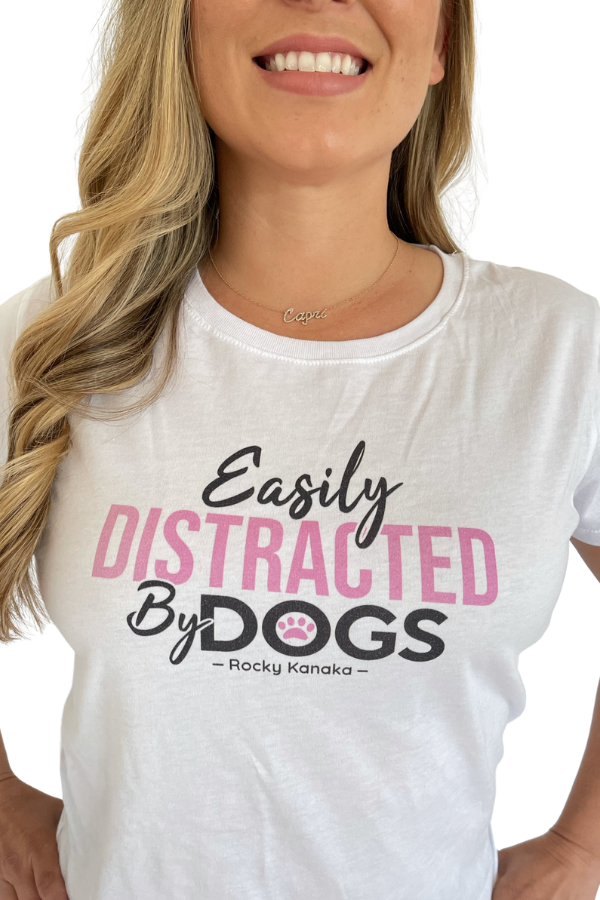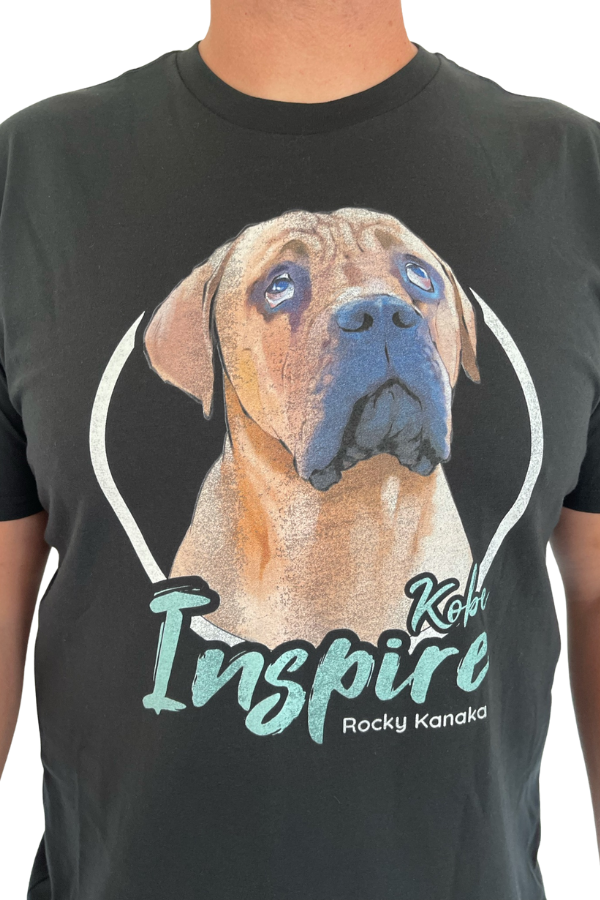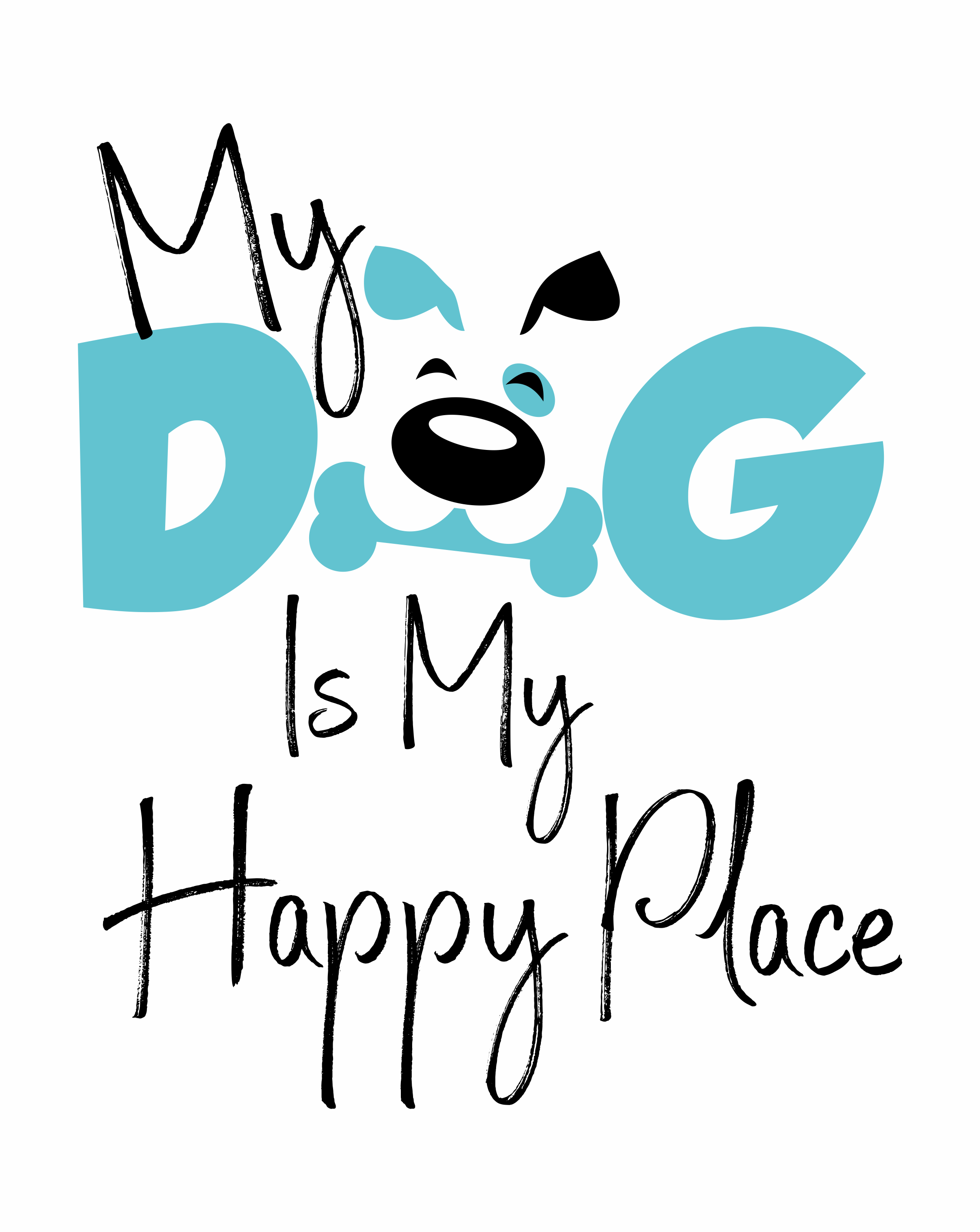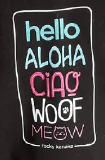The Remarkable Role of Detection Dogs in Saving the Environment One Sniff at a Time
With noses to the ground and tails wagging, Tilia and Timber are on a mission to protect nature, one sniff at a time. These two English Field Labradors are the secret weapons of Mequon Nature Preserve, where researchers and park officials rely on their remarkable scent-detection skills to track down invasive species and safeguard native wildlife.

Tilia, a seasoned pro, has spent years sniffing out threats like wild parsnip, garlic mustard, and even elusive creatures such as the blue-spotted and eastern tiger salamanders. Timber, the enthusiastic rookie, is following in her paw prints, training hard to join her as part of the park’s ultimate conservation detection team.
Together, these four-legged conservationists will patrol alongside handlers and ecologists, covering more ground — and gathering more data — than any human team could manage alone. With every sniff, they help preserve the delicate biodiversity of the park, proving that sometimes, the best conservationists have fur and floppy ears.
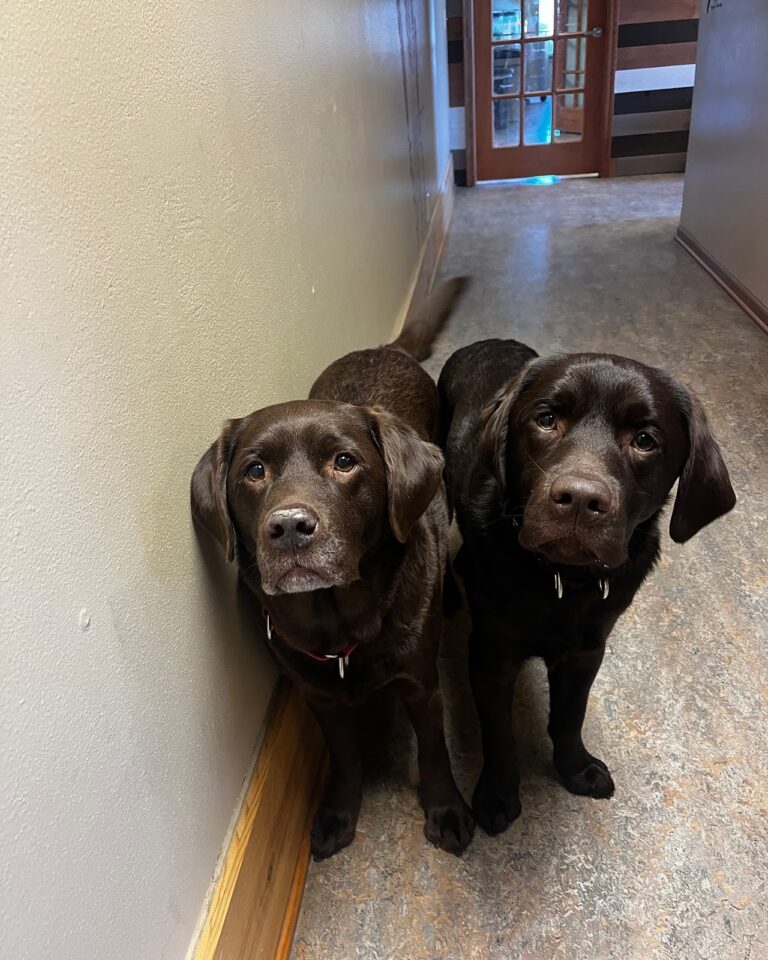
How Ecologists Use Working Dogs for Conservation
Tilia and Timber aren’t the only conservation detection dogs being used by parks and wildlife preserves—there are incredible programs all over the country that work with dogs to gather important wildlife data, track and eradicate invasive species, protect endangered and vulnerable wildlife, and more.
Wolf scat dogs in Alaska, for example, help researchers track the movements and population density of wolves. Organizations like Conservation Dogs of Hawaii and the New York-New Jersey Trail Conference, use conservation detection dogs to protect native habitats, helping their handlers search for invasive species taking over vulnerable ecosystems, and targeting native species in need of conservation.

Similar programs exist nationally and worldwide, and it’s no wonder why—dogs have a remarkable sense of smell, and can cover far more ground far more accurately than a human conservationist alone.
Why Choose Detection Dogs for Conservation?
Dogs have a sense of smell 100,000 times more sensitive than humans and can search far more quickly, efficiently, and safely. Conservation dog handler jobs involve dog training sessions and plenty of ecological know-how, but when you get the dog working, they do most of the heavy lifting. It would take a human hours or days to search the area a dog can search in a matter of minutes, and your chances of missing an important “clue” are high as a human.
Search and rescue dogs can trail scents for miles, and conservation dogs do similar work, sniffing out plants and animals in places they might be almost invisible to humans. Dogs can also traverse more difficult terrain, and step carefully during conservation detection dog work to avoid disturbing protected habitats.
Luckily, working dogs like conservation detection dogs love their work—they get to be with their handlers, they get positive reinforcement for doing their jobs, and they get to indulge in naturally enriching behaviors like scent work. Ideally, the dogs that work in conservation become positively obsessed with conservation detection, and look forward to going out in the field every day to help their handlers.
How To Get Involved in Conservation Work With Your Dog

Do you have a dog with an incredible sniffer? Conservation Dogs Collective is an organization that trains and works with conservation detection dogs for projects around the country. If you’re interested in learning more about conservation detection dog training, conservation detection dog jobs, and how these working canines help protect our environment, Conservation Dogs Collective has all the information you need, plus resources for training your own dog for conservation detection. Even if you and your dog don’t become a conservation detection team, you can enhance your relationship and bond with CDC’s training.




